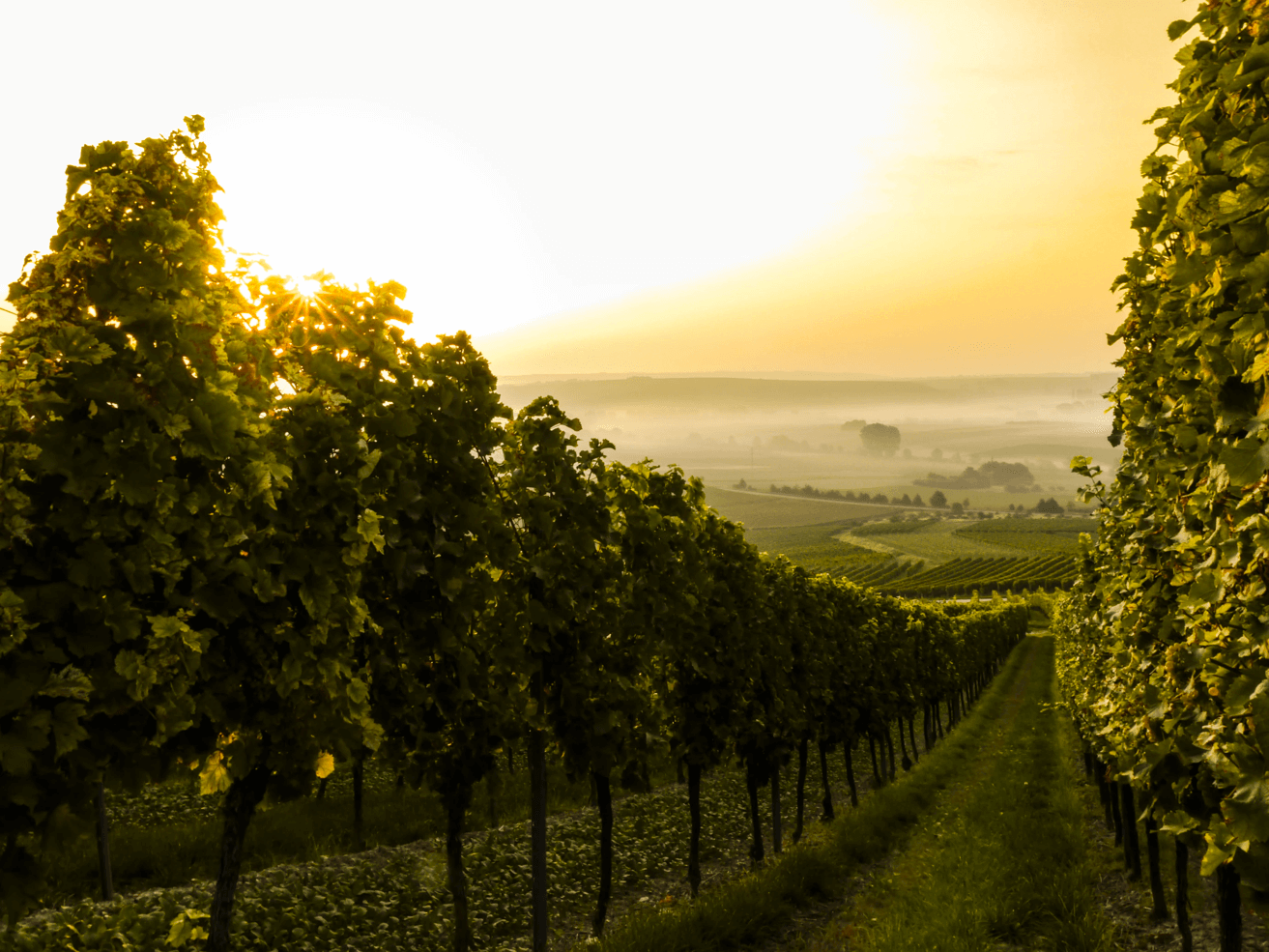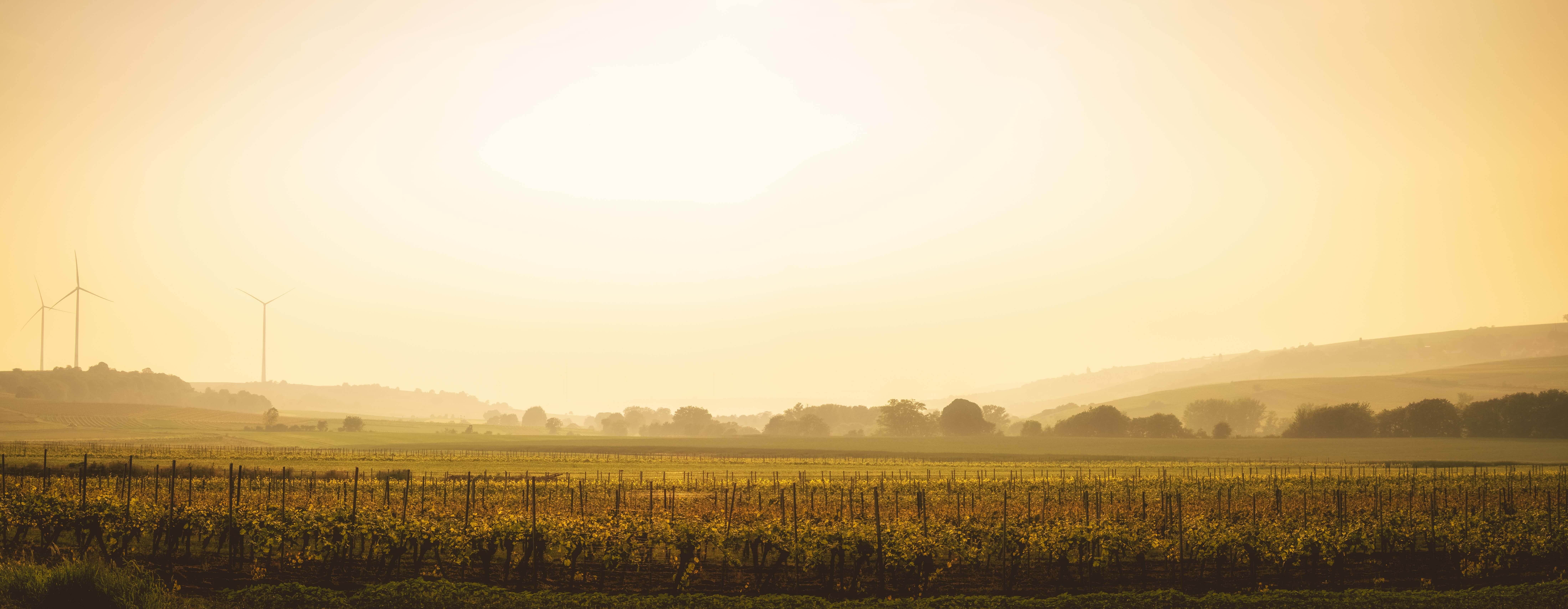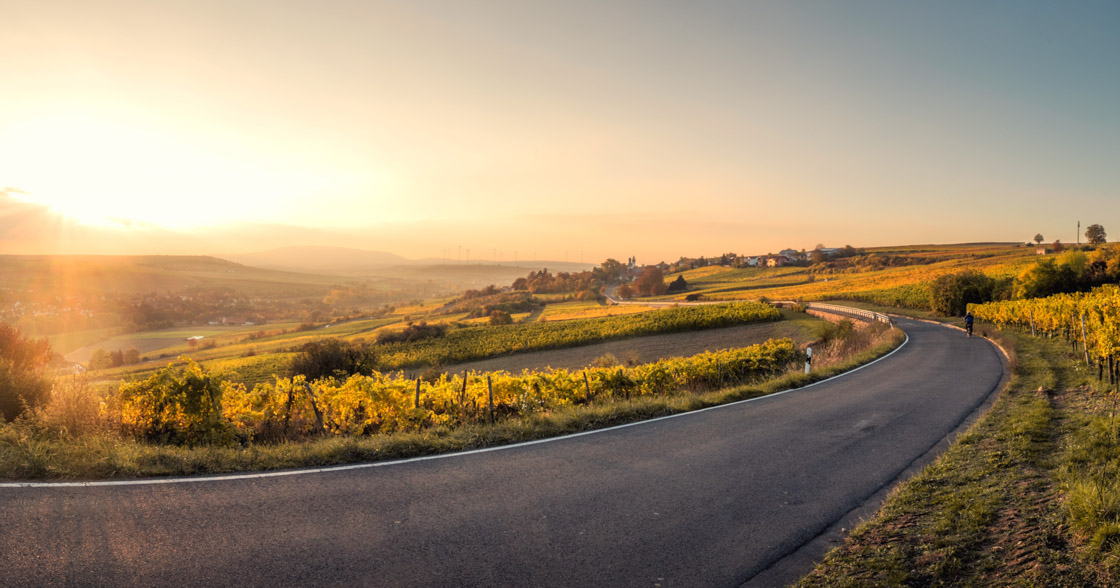The Gentleman Farmer Manifesto
We believe that a life well led is a life well-fed
Fed by thoughtful food, good wine, and engaged conversation
Fed by what gratifies us – to garden, cook, or tinker
Above all to create
Fed by the work of our hands
The tactile, the analog, and the acoustic
We are for mise-en-place and a well-stocked pantry
Sharp knives, copper bowls, and butcher block
We are for salting early and setting the table
We are for wine with lunch
on Mondays
To open the good stuff for no reason is the reason
Take up the wire whisk
Choose the stone mortar and pestle
Use the seasoned cast-iron skillet
Feel the grace of farm dirt under your nails
Sense the mystery in grapes grown from sunbeams and water
Taste time held in a bottle
We have a need to be human, to connect to what is real
To hear a story told in an authentic voice
We err on the human side of winemaking
We nourish the life well-fed
Our Story
Jeff and I met in the spring of 1999. We discovered we both had Bachelor’s degrees in Hotel & Restaurant Management and history of working in food, wine, and travel. By the late summer of that year, we decided to make wine together.
Fall of 1999, we started in a garage in St. Helena with a half-ton of fruit from a small vineyard off Zinfandel Lane and the guidance of a local winemaker.
The 2005 vintage launched what was to become Gentleman Farmer Wines with 80 cases. Today we are still relatively small, less than 1,000. To give some perspective, next to the large, commercial Napa wineries on Highway 29 we would be the equivalent of the small farmstand on the side of the road that you may pass without noticing.
This small production is a benefit. It allows me to work with my hands. I walk my dedicated rows of vines during the growing season, tasting for flavor development and taking field samples. The days before we pick I will make a pass with my pruning shears to clear leaves from around the grapes, ensuring only beautiful clusters get into the picking bins the early morning of harvest.
We sort the grapes by hand to be certain only high-quality fruit goes into barrel or tank.
With this sort of intimacy, I can honestly say that I have been with every berry that makes it into our wines.
Joe Wolosz
The Vineyards
Winegrowing is at the crossroads of nature and culture.
It is a balance between the imagination of the craftsman and the wisdom of the grower.
It all starts in the vineyard.
Oak Knoll District of Napa Valley AVA
Below Mt. Veeder, the Oak Knoll District sits on Napa Valley’s largest alluvial fan. These ancient deposits of gravel, sand, and sediment extend from Dry Creek — spreading eastward, downhill toward the Napa River and fanning out and to the north. Deposits change in composition as the fan spreads and the apron reaches the Napa River. Three of our primary grape sources lie within this appellation.
The Napa Valley climate gradually cools as you move down-valley from Calistoga. The Oak Knoll District is toward the base of the valley, closer to the maritime and moderating influences of the San Pablo Bay. Established in 2004 as a sub-AVA (American Viticultural Area), its cooler climate distinguishes itself from most other Napa Valley appellations.
Morning fog and late afternoon breezes extend the growing season. These characteristics provide for slow, even ripening. They create the perfect climatic balance for achieving sugar-acid balance and phenolic ripeness — the compounds responsible for aroma and tannic structure.
The three vineyards are less than five minutes from the winery. This proximity ensures optimal delivery of cool, freshly harvested fruit just moments after picking.
Meadowbrook Vineyard: Cabernet Sauvignon

The Meadowbrook Vineyard sits in the northwest part of Napa Valley’s Oak Knoll District. Our portion of this vineyard is tucked on the western edge against the foothill, up against Dry Creek.
The river deposits that created these alluvial soils are composed of approximately 30 centimeters of soft loam, over cobbles and gravel that extend up to 10 meters in depth. Cabernet Sauvignon prefers this composition of well-draining soil. Clone 337 produces quality fruit with small, concentrated berries. Rootstock was selected for low yield fruit of the highest quality.
The extended growing season, a hallmark of the Oak Knoll District, is ideal for Cabernet Sauvignon, allowing slow and even development for this late-ripening varietal.
38°21’44”N and 122°20’26”W
Elevation 109 feet
Block: 2A
Rows: 7-10
Clone: 337
Rootstock: Teleki 5C
Muir-Hanna Vineyard: Chardonnay

Farmed by direct descendants of naturalist and conservationist John Muir, the Muir-Hanna Vineyard is a model of sustainability. The vineyard is Napa Green FFF (Fish Friendly Farming) certified to protect the area waterways and runoffs for the benefit of Coho salmon and steelhead of Northern California, both on the federal Endangered Species List. The attention to fish ecology has immense benefits to the soil and plant health of this vineyard.
Tucked close to the western mountain range, with the sun setting a bit earlier here — grapes thrive from the pronounced cooling effect of the morning fog, afternoon breezes, and earlier shading. This cooler climate enables the grapes to retain more acidity, but still, ripen fully — thanks to the abundant Napa Valley sunshine.
The clay loam runs deep here, about 1.5 meters that sits atop well-draining gravel and cobbles.
The Chardonnay on this site is a breed from a Wente varietal, first brought to the Napa Valley in 1948 for the storied Stony Hill vineyard. Soon thereafter, others took bud wood from the McCrea’s Stony Hill vineyard to plant elsewhere in the valley, with cuttings making their way to our vineyard — and your glass.
The influential 1976 Judgement of Paris has a significant connection to the Muir-Hanna farmers. The best-rated 1973 vintage of Chateau Montelena was produced with fruit from their vines.
38°20’42”N and 122°20’32”W
Elevation 128 feet
Block: OC1N
Rows: 1-3
Clone: Wente Clone, Swanson Selection
Rootstock: 110R
St. Helena AVA
At the narrowest stretch of the Napa Valley floor, less than three miles in width, the St. Helena AVA sits between two mountain ranges; the Mayacamas Range to the west and the eastern Vaca Range.
This is a warmer sub-AVA of the Napa Valley, further north and mostly removed from the cooling effects of the San Pablo Bay. Although the appellation receives occasional fog, it is mostly known for unabated sunshine.
West Vineyard: Merlot

Planted in 1996 by Dan Duckhorn, this Merlot vineyard is north of the town of St. Helena, along the Napa River.
Aggregate and varied soils of Bale clay loam, Bale loam, Clear Lake clay, Cole silt loam, riverwash, and Yolo loam all comprise this portion of the alluvial fan that stretches from the western Mayacamas Range to the river.
The vineyard is only miles away from Dutch Henry Canyon, one of the warmer parts of the Napa Valley, but is cooled by the proximity to the Napa River. Because of the narrowness of the valley at this location, the cooling winds are frequent and can be powerful.
A growing season of warm days and cool nights delivers beautifully developed Merlot of complex red and black fruit, deep color, and structure.
38°55’18”N and 122°50’67”W
Elevation 201 feet
Block: Northwest
Rows: 10-14
Clone: 181
Rootstock: 101-14, SO4